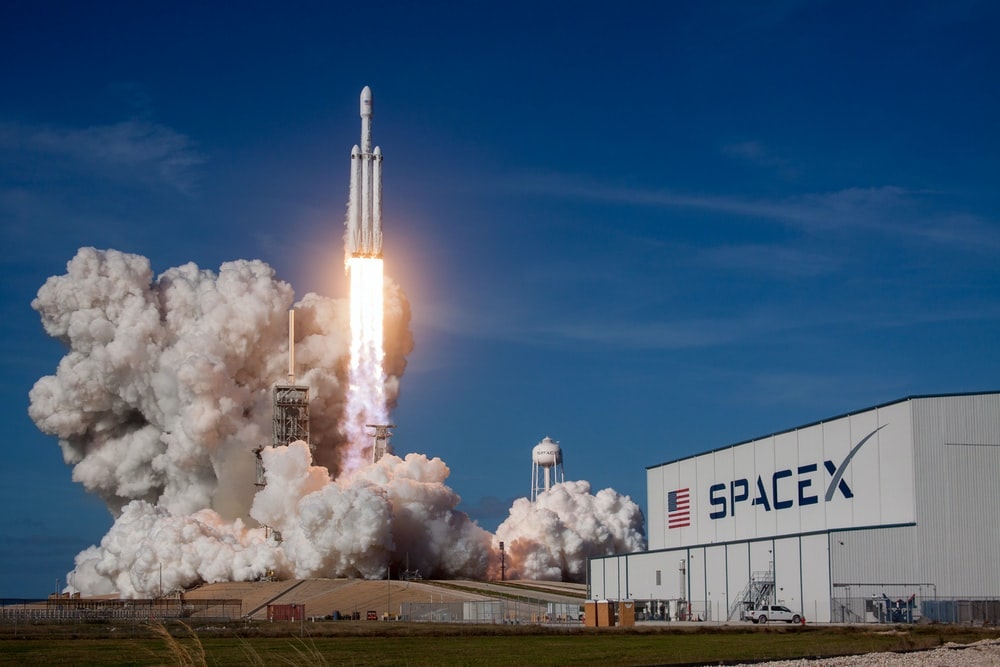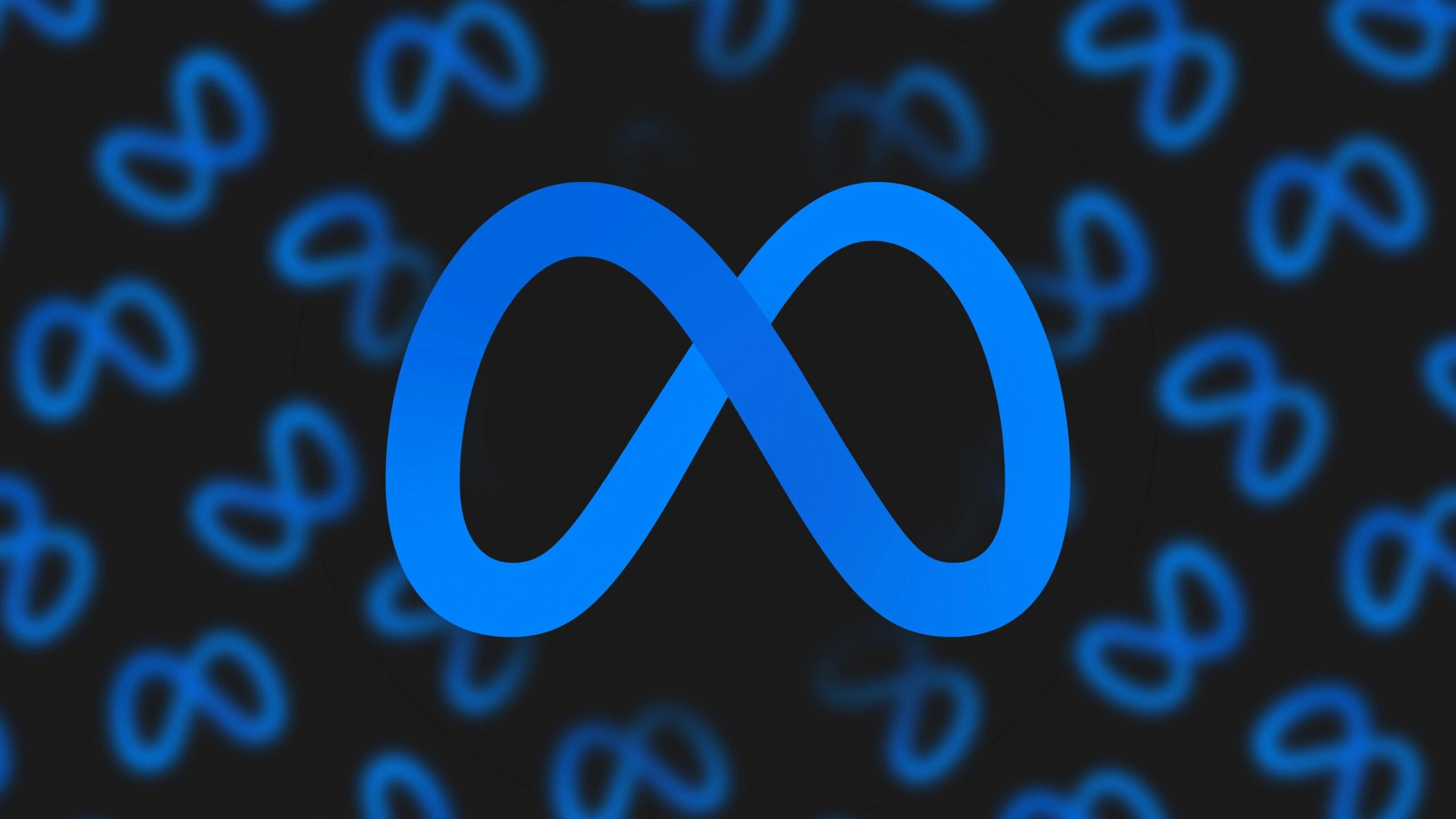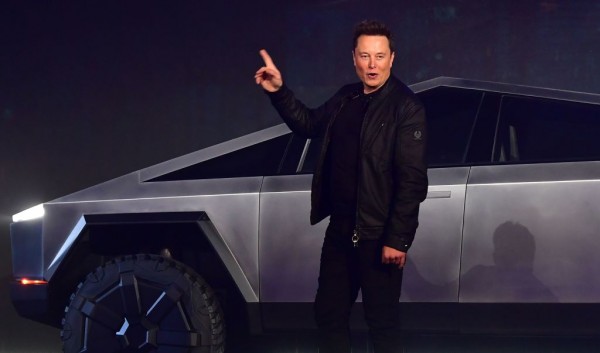everything you need to know about SpaceX, Starlink Satellites, Starlink Internet, Services, Internet Cost, Starlink Coverage Map and Speed.
Elon Musk SpaceX CEO is launching satellites into orbit and showing the potential to bring high-speed broadband internet to as many people as possible.
Introduction
When you think of Elon Musk the billionaire entrepreneur, chances are enough good that you think of his space exploration venture SpaceX, his electric car company Tesla, or his stint hosting Saturday Night Live. Or maybe you know him as the richest person on Earth.
Something you might be less well-known with is a venture called Starlink, which means to sell internet connections to almost everyone on the planet, by way of a rising network of private satellites orbiting overhead.
Starlink picked up the pace in 2021, after years of development inside SpaceX and after securing nearly $885.5 million in grant finances from the Federal Communications Commission at the end of 2020. In January, after three years’ worth of successful launches, the project had exceeded 1,000 satellites delivered into orbit. One year and later dozens of successful launches, Starlink boasts nearly 2,000 functional satellites in the overhead orbit.
Starlink’s accelerating its business, as well. Musk’s company Starlink was serving more than 10,000 customers, disclosed in last year February. At the present, after expanding preorders to even more potential customers, releasing a second-gen home internet satellite dish and exploring the possibility of providing in-flight Wi-Fi for passenger aircraft, Musk says that Starlink has shipped more than 100,000 satellite internet terminals to customers in 14 countries.
During a talk at Mobile World Congress in June, Musk told an audience that Starlink would be available worldwide (except at the North and South Poles) starting in August, though regional availability will depend on regulatory approval. In September, Musk tweeted that Starlink would exit its initial beta phase in October, which indicates that the service is continuing to ramp up and expand — though the budding broadband provider faces a backlog of prospective customers waiting to receive equipment and start service.
We’ll continue to monitor Starlink’s progress in 2022. For now, here’s everything you should know about Starlink.

How fast is Starlink’s internet service?
According to Starlink’s website, “Users can expect to see data speeds vary from 50 to 150 megabits per second and latency from 20 to 40 milliseconds in most locations over the next several months,” while also warning of brief periods of no connectivity at all. “As we launch more satellites, install more ground stations and improve our networking software, data speed, latency and uptime will improve dramatically.”
To that end, Musk tweeted in February of last year that he expects the service to double its top speeds to 300Mbps by the end of 2021. Now, in 2022, claims like those are difficult to evaluate, as speeds will vary depending on time and location.
How much does Starlink cost?
Now, starlink is accepting orders on a first-come, first-served basis, so you’ll need to request service and then wait your way through the backlog. During its beta in 2021, Starlink said that some preorders could take as long as six months to fulfill. The cost of the service is billed at $99 per month, plus taxes and fees, plus an initial payment of $499 for the mountable satellite dish and router that you’ll need to install at home.
$99 per month is a lot for an internet connection, especially one that isn’t nearly as fast as a fiber connection, but Musk is betting that the cost will be worth it for people who have thus far lived without access to a reliably fast connection at all.
Gwynne Shotwell, president of SpaceX said that she expects the $499 upfront cost of the receiver dish to come down in the coming years as SpaceX refines its dish design to lower production costs. The latest version of the dish, introduced with FCC approval in November, is less expensive and smaller to produce than the earlier version, however, customers will still need to pay an upfront fee of $499 to use it.
Is starlink available in my area?
Well, for availability, Starlink is prioritizing “high latitudes,” meaning areas on the northern part of Earth, like Canada and the upper parts of the United States. Although, per speed test data from Ookla, more of the central U.S. is now getting access, and with solid speeds to boot. Ultimately, the goal will be to get Starlink connected to all parts of the globe. In a tweet, Musk clarified that Starlink would hit cities like Seattle first, and “get progressively closer to the equator.” or to check availability map by clicking here.
Starlink will be faster than HughesNet?
Yes. Starlink claims that customers can expect download speeds from 50 to 250Mbps. Well known website author has tested the service and experienced average download speeds of around 78Mbps. Starlink also hopes to release its Starlink Premium services in mid of 2022, probably the download speed in between 150-500Mbps.
HughesNet, which depending on satellites in a much higher orbit than that Starlink uses, which means data takes a little longer to travel back and forth offers plans with highest download speeds of 25Mbps. That’s faster than some of the plans available with Viasat but no competition for Starlink.




